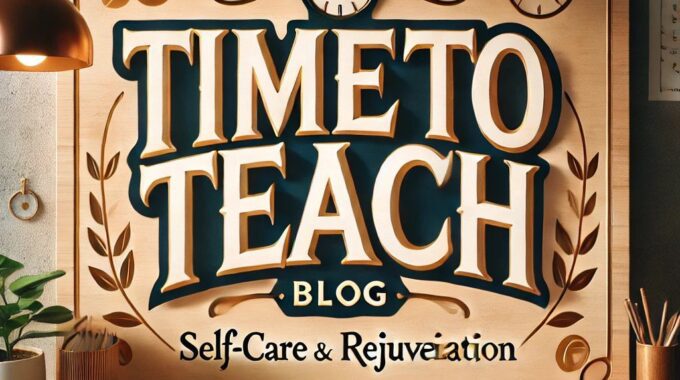As we turn the corner into spring, it’s the perfect time to refresh our teaching…
Leadership for Deeper Learning: Excerpt 06
We believe in thanking our sources! This post was sourced from the following blog/website: http://feedproxy.google.com/~r/dangerouslyirrelevant/~3/ey_6XDywnpI/leadership-learning-excerpt-06.html
The following is a new blog post related to education and teaching and relevant to our website visitors. The blog post is not based on the opinions or values of our company but is related to education and teaching, so we wanted to share it with YOU! If you ever have any questions please let us know. Now… on to the post!
 [To celebrate our upcoming book, Leadership for Deeper Learning, I am publishing an excerpt each day for a week before its release. We interviewed leaders at 30 different ‘deeper learning’ schools around the world in 2019 and 2020. We then followed up those interviews with site visits, observations, on-site photographs and videos, and additional conversations. Our goal was to try and parse out What do leaders at innovative schools do that is different from their counterparts in more traditional schools? As you might imagine, we saw some fantastic leading, teaching, and learning. We describe what we saw in detail in the new book and, in Chapter 7, articulate a Profile of a Deeper Learning Leader that’s based on empirical research, not just anecdotes. We think that this book makes a unique contribution to what we know about leadership in deeper learning schools. The book is written for a practitioner audience and is full of concrete, specific examples to get folks thinking about possibilities. Also, every main chapter concludes with Key Leadership Behaviors and Support Structures. If you order it, let me know what you think!]
[To celebrate our upcoming book, Leadership for Deeper Learning, I am publishing an excerpt each day for a week before its release. We interviewed leaders at 30 different ‘deeper learning’ schools around the world in 2019 and 2020. We then followed up those interviews with site visits, observations, on-site photographs and videos, and additional conversations. Our goal was to try and parse out What do leaders at innovative schools do that is different from their counterparts in more traditional schools? As you might imagine, we saw some fantastic leading, teaching, and learning. We describe what we saw in detail in the new book and, in Chapter 7, articulate a Profile of a Deeper Learning Leader that’s based on empirical research, not just anecdotes. We think that this book makes a unique contribution to what we know about leadership in deeper learning schools. The book is written for a practitioner audience and is full of concrete, specific examples to get folks thinking about possibilities. Also, every main chapter concludes with Key Leadership Behaviors and Support Structures. If you order it, let me know what you think!]
Excerpt 06
As we have learned in previous chapters, principal Michelle Schmitz brought a new vision of elementary education to the plains of Western Missouri. The entire vision for EPiC Elementary was created by tapping into the wisdom of others. The school was founded by leaders asking the community, “If you could have the chance to do education differently, what would it be?” Michelle reflected on the inception of the EPiC Elementary model:
We invited all of our stakeholders in the community, including council people, business people, students, and staff . . . every faction of a stakeholder that you could think of. We walked in there and we asked the question and it changed our lives. They started saying stuff like, “We want our kids to collaborate. We want our kids out in the community. We want our kids to do education differently.” From that point on in our community, we knew that we had the backing to really just blow up education and what it looked like.
Michelle went on to say:
We started to think about what school could look like. We focused on three timeless pillars. [Our first pillar was] empowering creativity, because creativity can take you for a lifetime. That’s a skill that you’re going to need well beyond high school and college. We also talked about equipping learners, meeting students where they are. So every single child in our school, no matter what their level, they’ll move forward. We also talked about engaging communities. What that means is going out in the communities, talking with experts, being different, having our doors open so the community can come in.
Looking at that, that’s our innovative start. Kids here get to create. We continue to learn – and continue to try to be like our environment around us – so that when kids come to school, they do not downshift. They actually upshift. We really embrace our environment, and want it to be the same inside the school as outside.
Leadership for Deeper Learning, Chapter 6
Time To Teach reviews each blog post by our contributors but if you feel this is a blog post better suited for another page please let us know.
Teachers and Educators are our heroes. We want to thank you for the work you do!
Yours In Education!
Time To Teach

